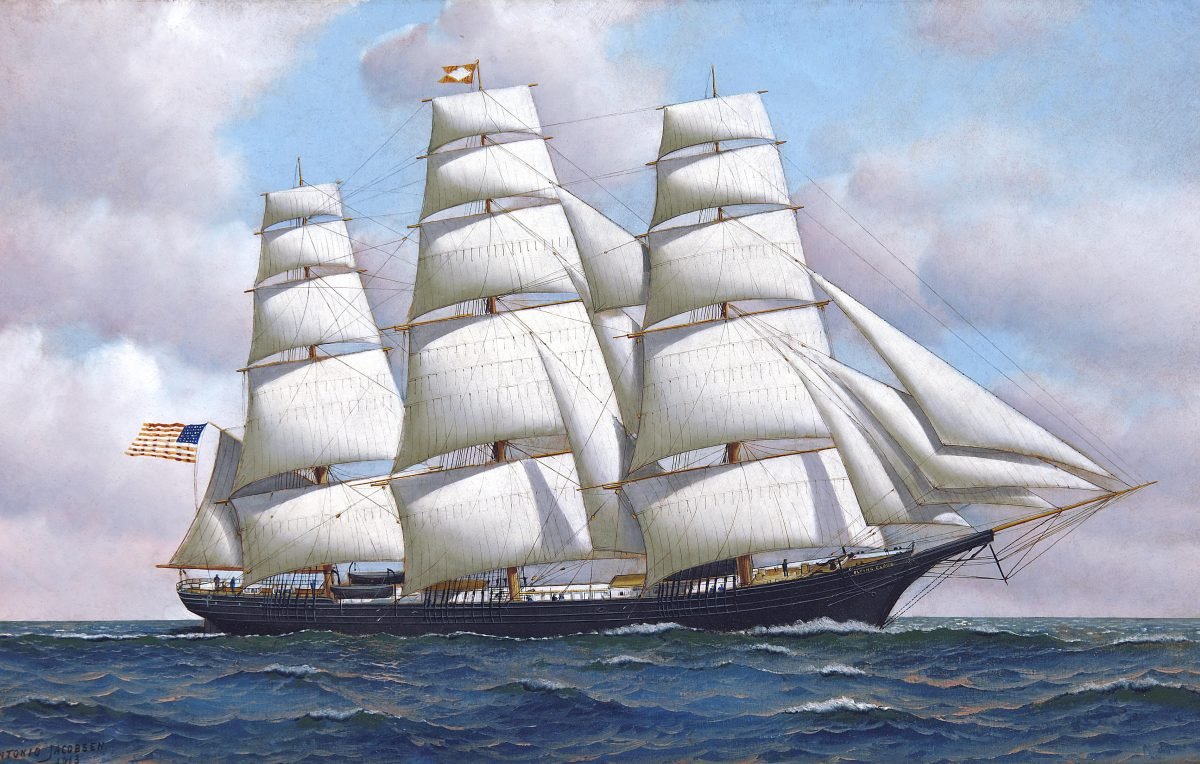Passenger lists can provide valuable information about your ancestors, including their name, age, occupation, nationality, and place of origin, as well as details about their voyage.
Here are some tips for finding passenger lists for your genealogical research:
- Start with online databases: There are a variety of online databases that can help you find passenger lists, use this list. These databases allow you to search for passenger lists based on a variety of criteria, including the name of the passenger, the name of the ship, and the date of arrival.
- Check archives and libraries: Many archives and libraries hold historical records, including passenger lists. Some of these records may be available online, but others may require an in-person visit. If you’re not sure where to start, try searching for archives and libraries in the area where your ancestor arrived.
- Look for alternate sources: In some cases, passenger lists may have been lost or destroyed. In these instances, you may be able to find information about your ancestors’ arrival in other sources, such as naturalization records or census records.
- Use multiple sources: It’s important to use multiple sources when conducting genealogical research, as this can help you verify the accuracy of the information you find. For example, if you find your ancestor’s name on a passenger list, try cross-referencing that information with other sources, such as census records or birth certificates. You need to connect the individual(s) in the passenger list with your ancestor. Name alone usually isn’t enough.
- Keep detailed records: As you conduct your research, be sure to keep detailed records of the sources you consult and the information you find. This can help you keep track of your progress and avoid duplicating your efforts.
By following these tips, you can increase your chances of finding passenger lists for your genealogical research and uncovering valuable information about your ancestors. Happy sailing!

